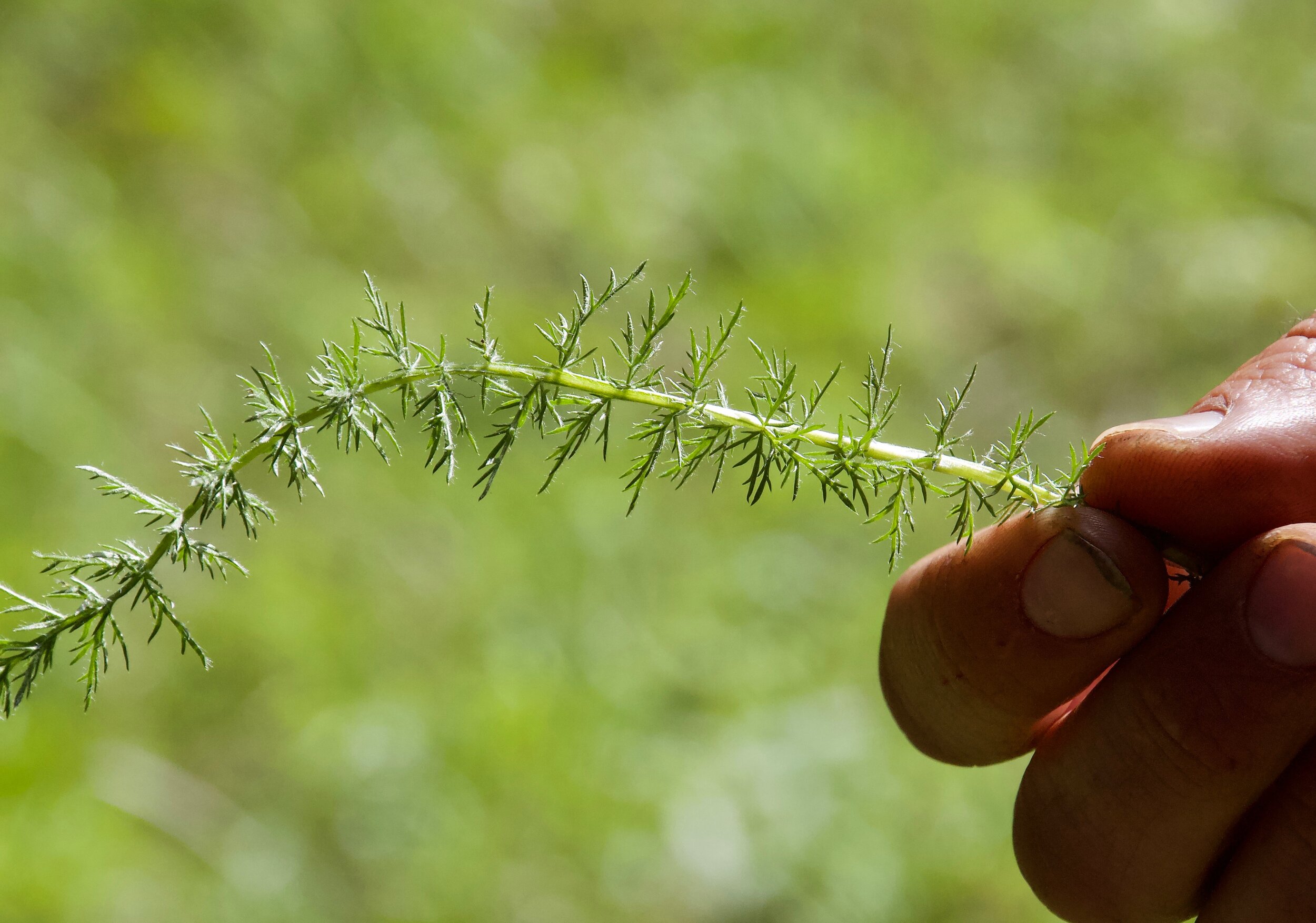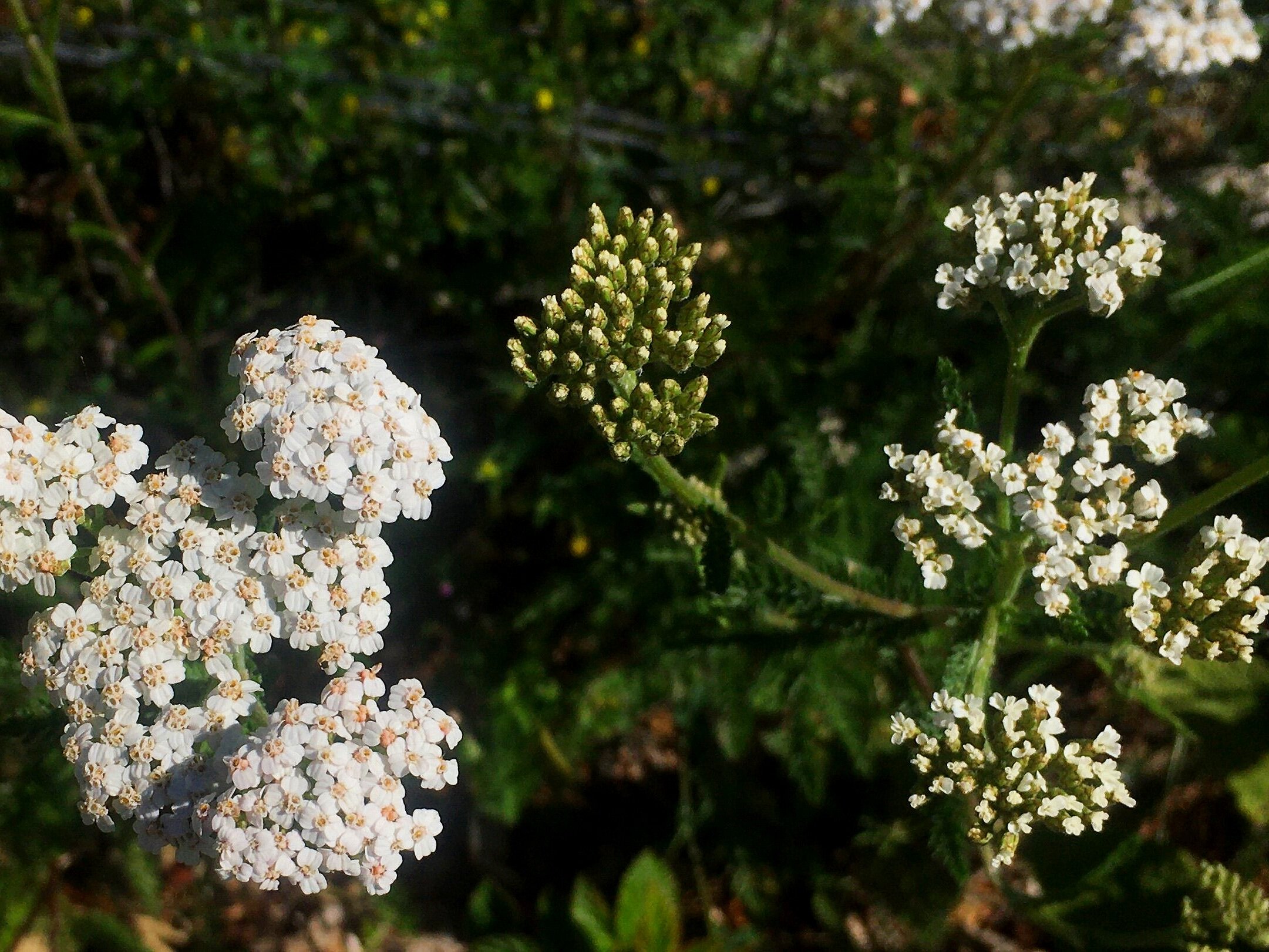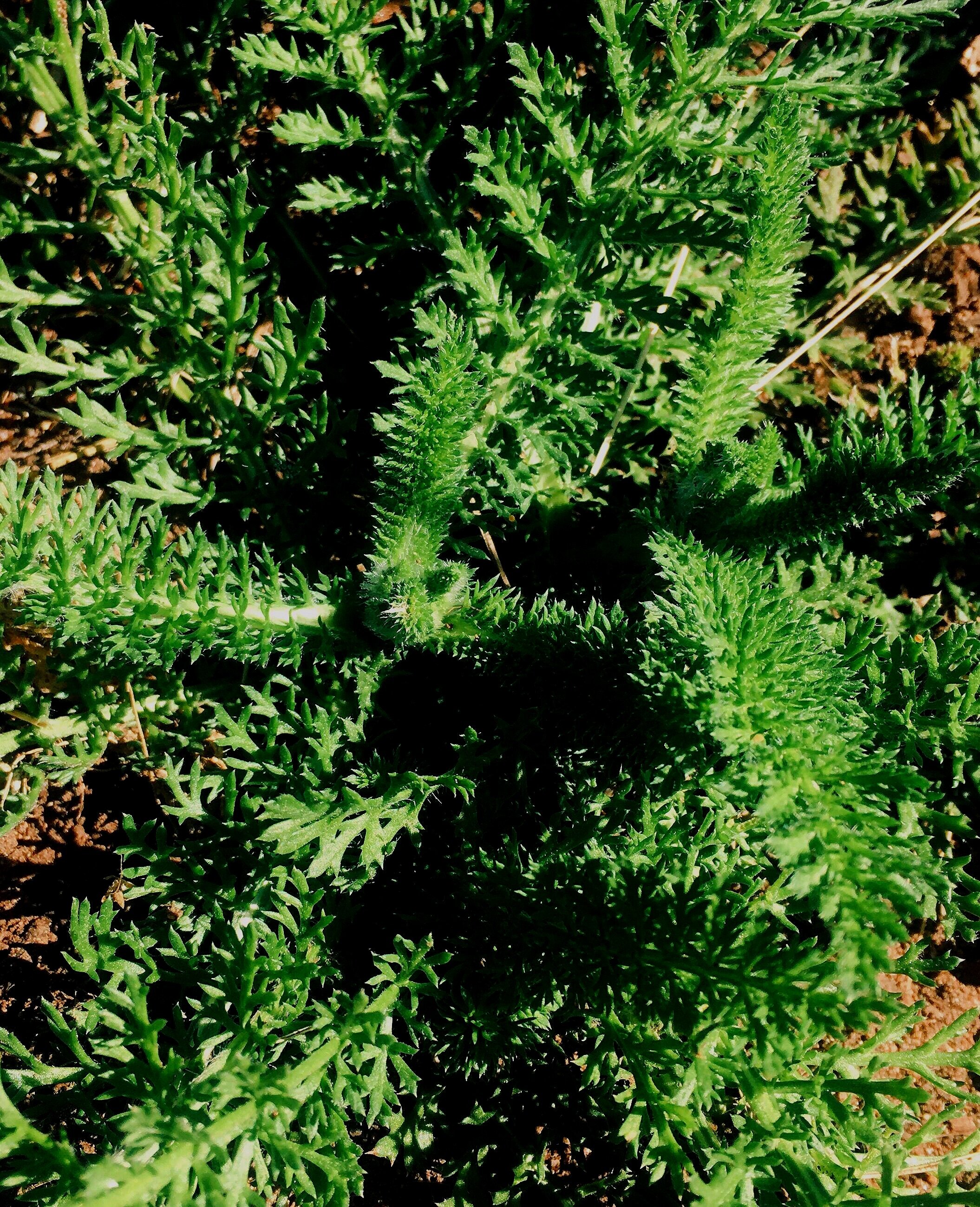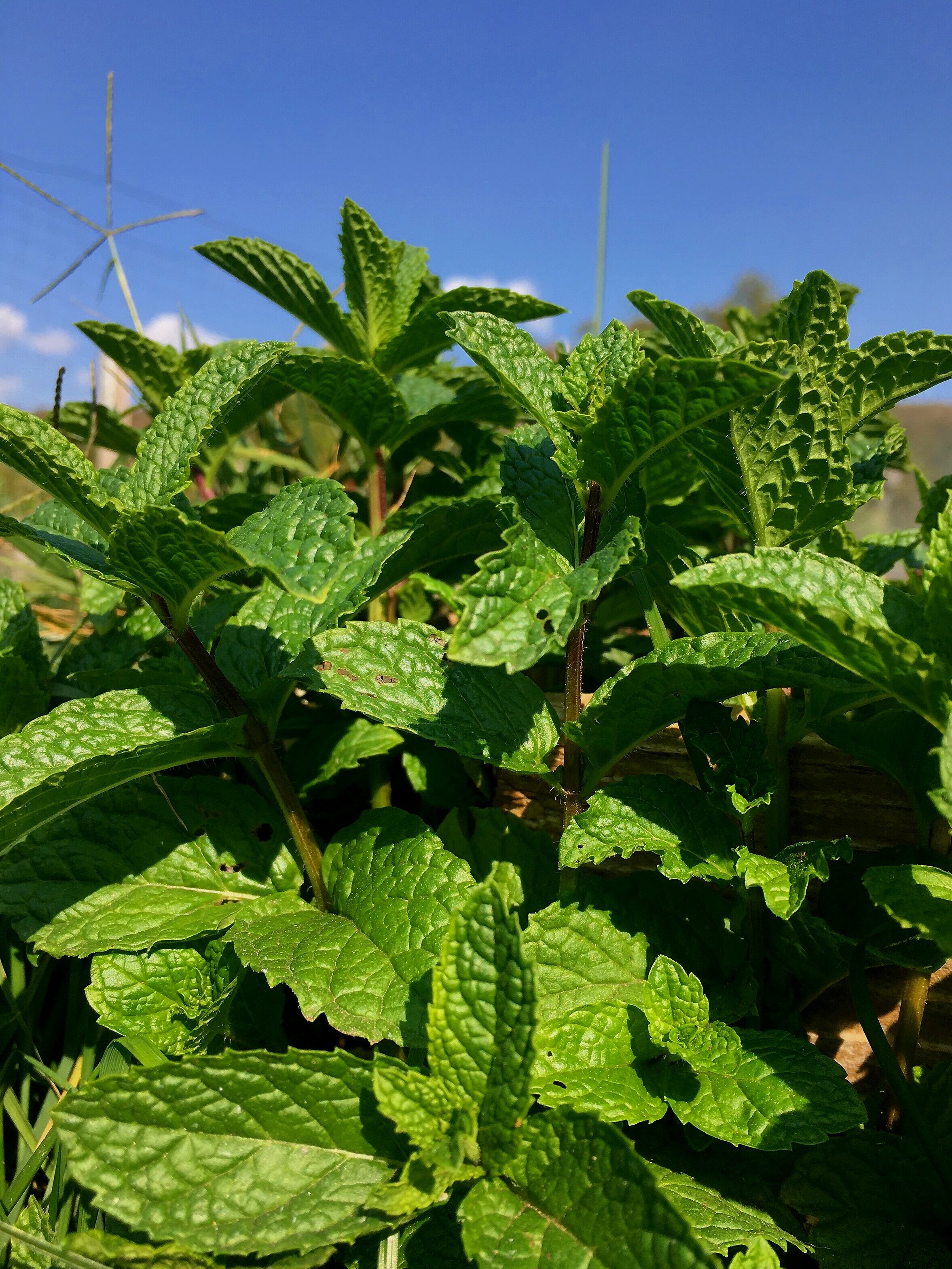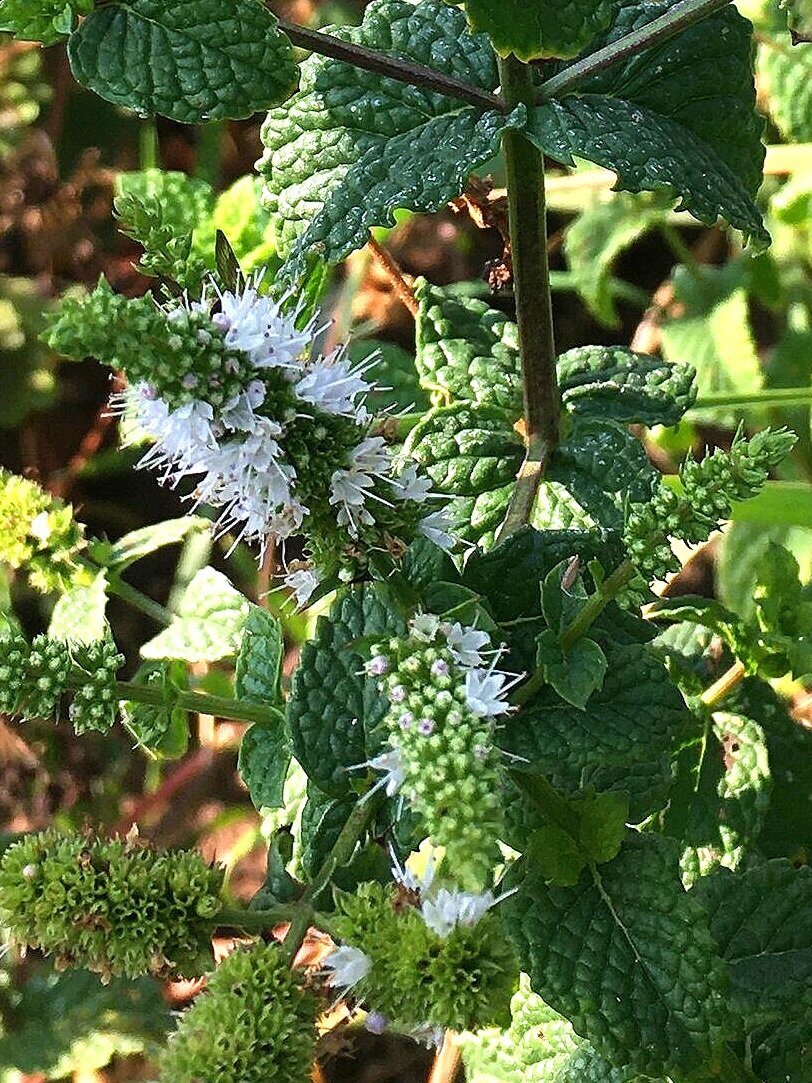Gifts from the Land: 2020 Tea and Elderberry-infused Honey
Gifts from the Land
Beginning now and while supplies last, you can become a member of Vesper Meadow for $50 and receive gifts from the land: a package of “Easy Breathe Tea” and “Elderberry-infused Honey”. Ten percent of your contribution will be shared with fire relief efforts in our community.
Sign up today:
The “Super Bloom” of Yarrow, Achillea millefolium, at Vesper Meadow, July 2020.
Gathering Herbs for Teas
brian Geier, Program Coordinator
This year at Vesper Meadow was a great year for wildflowers, particularly those blooming later in summer with white flowers like yarrow and yampah. These “super blooms” could not go without remark, so stunning was the sight (and smell). At the peak of the yarrow bloom, in mid July, we decided to gather and share this abundance with the community, and the idea of these “Gifts from the Land” was born. In the coming months, we gathered yarrow, mullein, and mint to create the “Easy Breathe Tea” blend.
Freshly harvested mullein leaves, September 2020
Mullein, Verbascum thapsu
Mullein may seem “off-brand” for us to focus on; it is not a native plant, and therefore not a candidate for native prairie restoration or pollinator habitat efforts. Still, mullein is a popular medicinal plant and we are working to remove it from the landscape. Centuries ago, it was imported from Europe, and since has spread across the continent on many disturbed sites. Visitors to Howard Prairie and Hyatt Lakes in late summer will find it covering much of the ground as the water retreats from the reservoirs.
Mullein is a biennial plant, producing a rosette of large basal leaves in its first year, and a single, thick flower stalk with yellow blooms. The flowers fade to dry, dark brown seed pods, and the flower stalks remain into fall in the shape of a long, slender microphone standing in the field.
Mullein is an herb for the lungs and throat. It is a mild sedative to the lungs and especially useful “in the intiial stages of an infection, when there is a mild fever, raspiness in the throat, and a hot, dry feeling in the chest.” (Moore, “Medicinal Plants of the Mountain West”) Loose-leaf tea has been used for coughs, colds, bronchitis, asthma, hoarseness, sore throat, fever, and muscle and joint pain. Its leaves are high in mucilagin and contain the antiseptic, antitumor, and immunosupressant compound verbascoscide, hence the Latin name. (Foster and Hobbs, “Western Medicinal Plants and Herbs”) Given its history as medicine for the lungs, we thought it was a good candidate for gathering given the intense fire and smoke season of this past summer.
Yarrow, Achillea millefolium
Yarrow is a widely distributed plant, native to several continents. Regional, indigenous names include “Todzi-tonega” (Paiute), and “Pannonzia” (Shoshone). Other names include “Waabanooganzh” or “Plant of Life” (Ojibwe), nosebleed plant, woundheal, and “Biranjasipha” in sanskrit.
Yarrow is common and prolific, and people have been using for medicine and food for a very long time (a 60,000 year old Neanderthal grave in Iraq contains a bed of flowers, including yarrow). The plant has feathery leaves (“Plumajillo”, a Spanish word for yarrow, means little feather), and appears to have an almost endless array of leaves (a common name and species name includes “Milfoil”, meaning a thousand leaves). It has a bitter, woodsy taste, and can be used as a trail nibble, or collected and dried for future use. The genus name (Achillea) links back to the Greek figure Achilles, who, according to legend, used the plant to treat wounds of warriors. Yarrow is an astringent, meaning it shrinks tissues, and can be chewed and applied to a wound to stop bleeding. Fresh or dried it can also be used to flavor beans, soups, or as a bitter agent in beer or beverage-making (like hops). In tea, it lends a slightly bitter taste. Medicinally, it has been used as a digestive aid and to induce sweating in dry fevers.
Humans aren’t the only animals that utilize yarrow. Birds use leaves to line their nests, and studies suggest it reduces parasite pressure in nests of baby birds.
Mint, Mentha spp. growing in a garden in Ashland, Oregon, August 2020
Mint
Lastly, we gathered and added a common garden peppermint. Mints have traditional medicinal uses to address coughs, flus, fevers, and sore throat, and as a stimulant. We decided to add it for its wonderful flavor!




